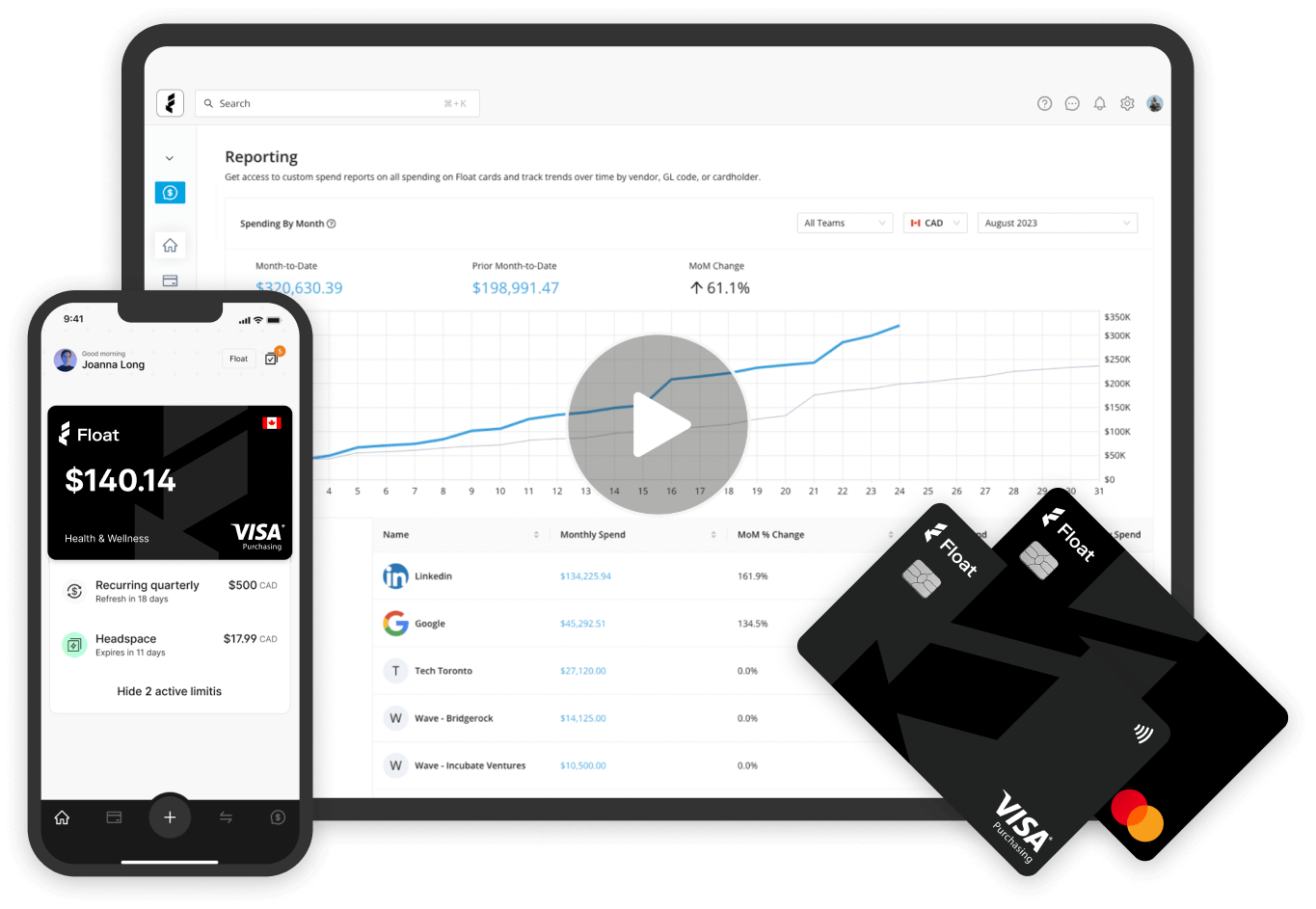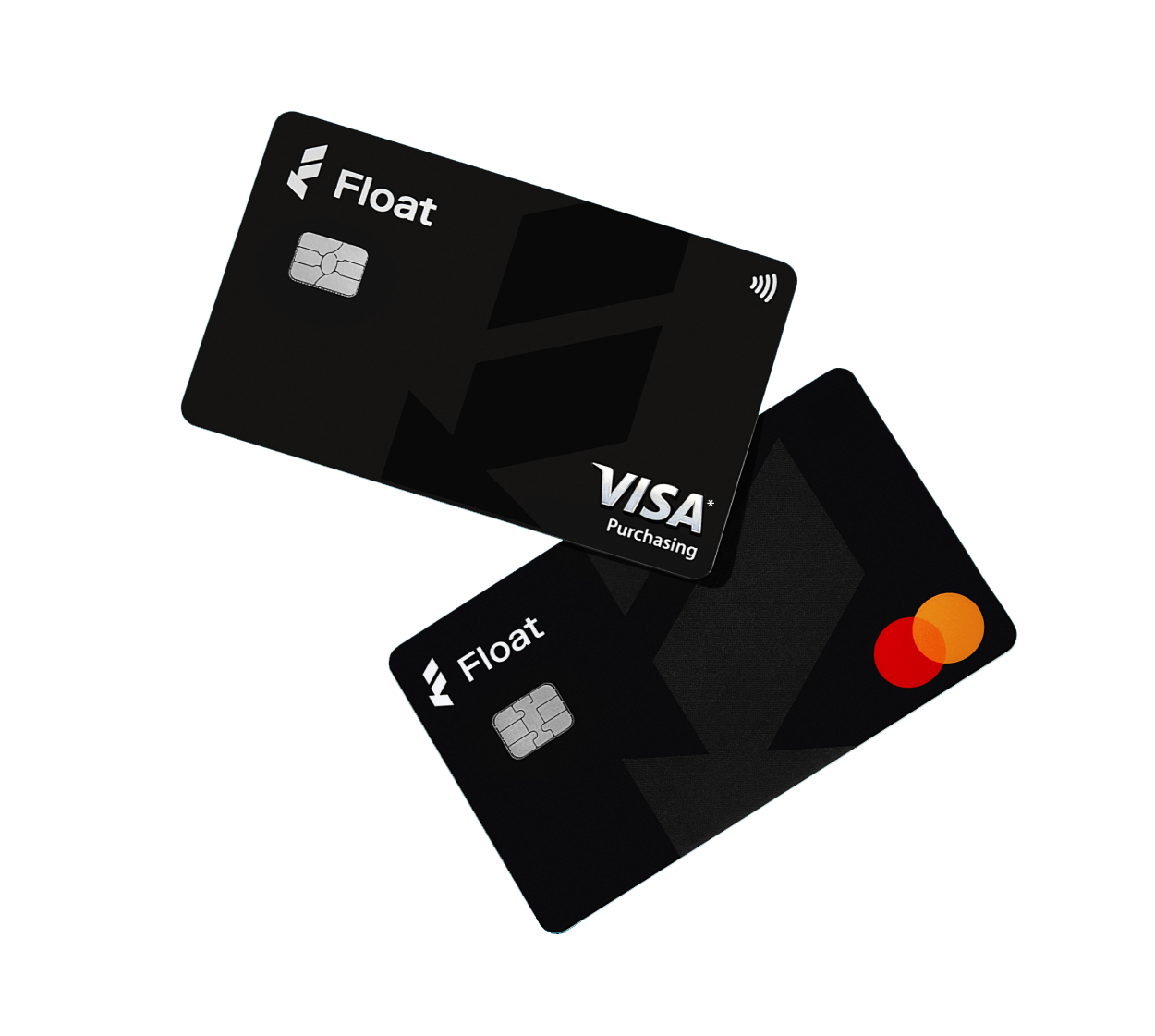Corporate Cards
Corporate Cards for Non-Profits: Everything You Need to Know
Explore how non-profits manage expenses with corporate cards, what to look for and how to get a corporate card as a non-profit.
August 15, 2025

Managing expenses at a non-profit can feel like a constant juggling act. Between unpredictable cash flow, strict reporting requirements and a mountain of admin tasks like chasing down receipts, there’s often a major strain on already-limited resources.
If you’re still relying on personal credit cards and reimbursement processes to manage spend, you’re not alone, but there’s a better way.
Corporate cards for non-profits are helping to control spending, enforce financial policies and save time on admin. In this guide, we’ll walk you through how non-profits manage expenses with corporate cards, what to look for and how to get a corporate card as a non-profit.
Why expense management is harder at non-profits
Non-profits operate under tight budgets, often with lean teams and evolving expenses. You might have board-approved spending limits, project-specific funding or donor restrictions that require precise tracking.
Unfortunately, traditional processes aren’t built for this level of transparency or control. They create delays, lost receipts and reporting headaches that make audits and financial reviews more stressful than they need to be.
That’s where spending solutions like Float’s corporate cards can provide streamlined tools that replace friction with the flexibility non-profits need.
Check out the full Ocean Wise case study to learn how this non-profit recaptured 1,200+ hours of admin time using Float cards and expense management.
What are corporate cards for non-profits?
It’s easy to assume all cards work the same. However, for non-profits, the differences between corporate, business and personal cards can have big implications for control, compliance and day-to-day operations.
- Corporate cards are issued by your organization, not tied to personal credit, and often offer better spend controls.
- Business credit cards may be designed for small businesses but often still require a personal guarantee.
- Personal credit cards aren’t ideal for non-profit purchases and can blur financial boundaries.
For many non-profits, traditional credit options aren’t accessible due to unpredictable funding cycles and limited business credit history. Float’s pre-funded model solves this by giving organizations complete control over spending without relying on credit approvals. You can fund cards as needed, in CAD or USD, and even earn interest on reserves.
“As a conservation organization, we always have two challenges. One, maximizing every dollar in terms of shifting it to conservation and two, keep all other costs low. Float’s excellent at helping us do that.”
Lasse Gustavsson, President and CEO at Ocean Wise
Why non-profits need corporate cards
Non-profits are increasingly choosing corporate cards because of a number of key advantages, including better control, faster access to funds and simpler, audit-ready reporting.
Real-time transparency and oversight
Corporate cards let you see your spending as it happens, not weeks later in an expense report.
Whether your team is booking last-minute travel to a conference, purchasing emergency supplies for a food bank or placing an ad to promote a local fundraiser, you can track every purchase by project, department or user in real time and catch issues early before they become budget overruns.
No more out-of-pocket costs
Staff and volunteers shouldn’t have to front their own money for fuel on outreach trips, coffee for donor meetings or snacks for youth programming.
Corporate cards eliminate reimbursement delays and make it easier to support the people doing the work, especially in community-driven organizations where fast action is often needed.
Built-in controls and approvals
With corporate cards, managers can set spending limits by role, card, and employee.
For example, you can set $100 per month for peer outreach workers or $2,000 for event managers. Enable pre-approvals for larger expenses like venue bookings or tech equipment. Use single-use virtual cards to prevent fraud or overages when paying new vendors, ordering printed materials or trialing new software.
Easier compliance and reporting
Float makes audit preparation and donor reporting even easier by auto-tagging transactions by fund or program, enforcing spend policies and syncing data with your accounting system. That means you can instantly pull clean, accurate records – no chasing receipts or manually reconciling restricted vs. unrestricted funds.
“This has really improved a lot of our internal controls. We now have one location where we can reference all the different receipts, all the backup support, all the right coding. It’s been really tremendous for our external auditing as well.”
Terry Burma, Director of Finance at Ocean Wise
Need help setting up an expense policy to keep compliance and reporting clear? Check out our guide on compliance best practices.
Key features to look for in a corporate card provider
Not all non-profit corporate cards are created equal. When evaluating providers, prioritize solutions designed to support how non-profits manage expenses.
1. Custom spend controls
Look for cards that let you set limits by user, merchant or budget. Some providers offer daily, weekly or project-based caps to give you even more control and flexibility.
2. Accounting software integrations
Sync transactions directly with tools like QuickBooks or Xero to speed up your month-end.
3. Receipt capture and transaction matching
Choose a platform that auto-collects receipts and matches them to purchases using optical character recognition technology. No more chasing down staff at month-end.
4. Audit-friendly reporting
Non-profits often need to justify expenses to funders. Audit-ready reports with transaction notes and attachments make it easy.
5. User-friendly interface
Your team may not include full-time finance professionals. A clean dashboard and intuitive app can make a world of difference in team adoption and compliance.
Best business credit cards
Compare top options, fees and benefits for
Canadian companies.
Best practices for corporate card management at a non-profit
Having the right tool is the first step. Using it effectively is what drives results. Here’s how to get the most from the best corporate cards for non-profits:
1. Set clear spending policies
Define which expenses are permitted, when approval is needed and who’s responsible for different expense-related tasks.
2. Use pre-approvals for large or unusual expenses
Set thresholds for auto-approval and add manual checks for larger transactions. This keeps spending under control without bottlenecks.
3. Assign cards strategically
Give cards to team members who regularly make purchases, and use virtual cards for one-off needs or specific vendors.
4. Keep receipts organized (digitally!)
Paper receipts get lost. Use a system that allows employees to upload photos or email receipts directly to their card.
5. Monitor spending regularly
Use dashboards to keep tabs on budgets, identify trends and address overspending early. Make it a habit, not a once-a-month panic.
6. Train your team
Walk staff and volunteers through how to use cards, submit receipts and follow your expense policy. The more confident they are, the smoother your program runs.
A better way to manage non-profit expenses
If your organization is ready to move past messy spreadsheets and manual reimbursement, Float can help.
With Float, non-profits get:
- Pre-funded CAD and USD corporate cards—no credit checks required
- Spend controls, approval workflows and real-time dashboards for full oversight
- Audit-ready tagging and reporting by fund, program or department
- Automated receipt capture and accounting syncs to cut admin time
- Transparent FX rates for international vendors and cross-border payments
- High-Yield Accounts for liquidity and up to 4% interest on unused funds
Float is built to reduce the administrative burden that pulls your finance team away from mission-focused work. For instance, at Ocean Wise, Float helped save over 1,200 hours of administrative labour in the company’s first year using the platform.
“Float makes my life extremely easy. It’s so great, it’s so accessible and it helps us get closer to protecting the ocean, putting more time where it’s actually needed.”
Brittany MacLean, Manager of Youth Programs at Ocean Wise
Want to know how to get a corporate card as a non-profit? With Float, there’s no complicated application process or personal credit pull. Just sign up, set your policies and start issuing cards within days.
For more on how Float compares to traditional options, check out our guide to the best business credit cards in Canada.
Written by
All the resources

Corporate Cards
What is a Fleet Card? Complete Canadian Business Guide 2025
Explore the best fuel cards for small businesses in Canada. Learn about the benefits of using fleet cards to save
Read More
Financial Controls & Compliance
How to Find Your Business Incorporation Number: 2025 Guide
Learn how to find your business incorporation number in 2025. Discover why it’s important, where to look and what’s changed
Read More
Corporate Cards
QuickBooks Integration for Corporate Cards: Canadian Business Accounting Guide
Want a clear understanding of your expenses at all times without the hours spent chasing receipts? A QuickBooks integration might
Read More




